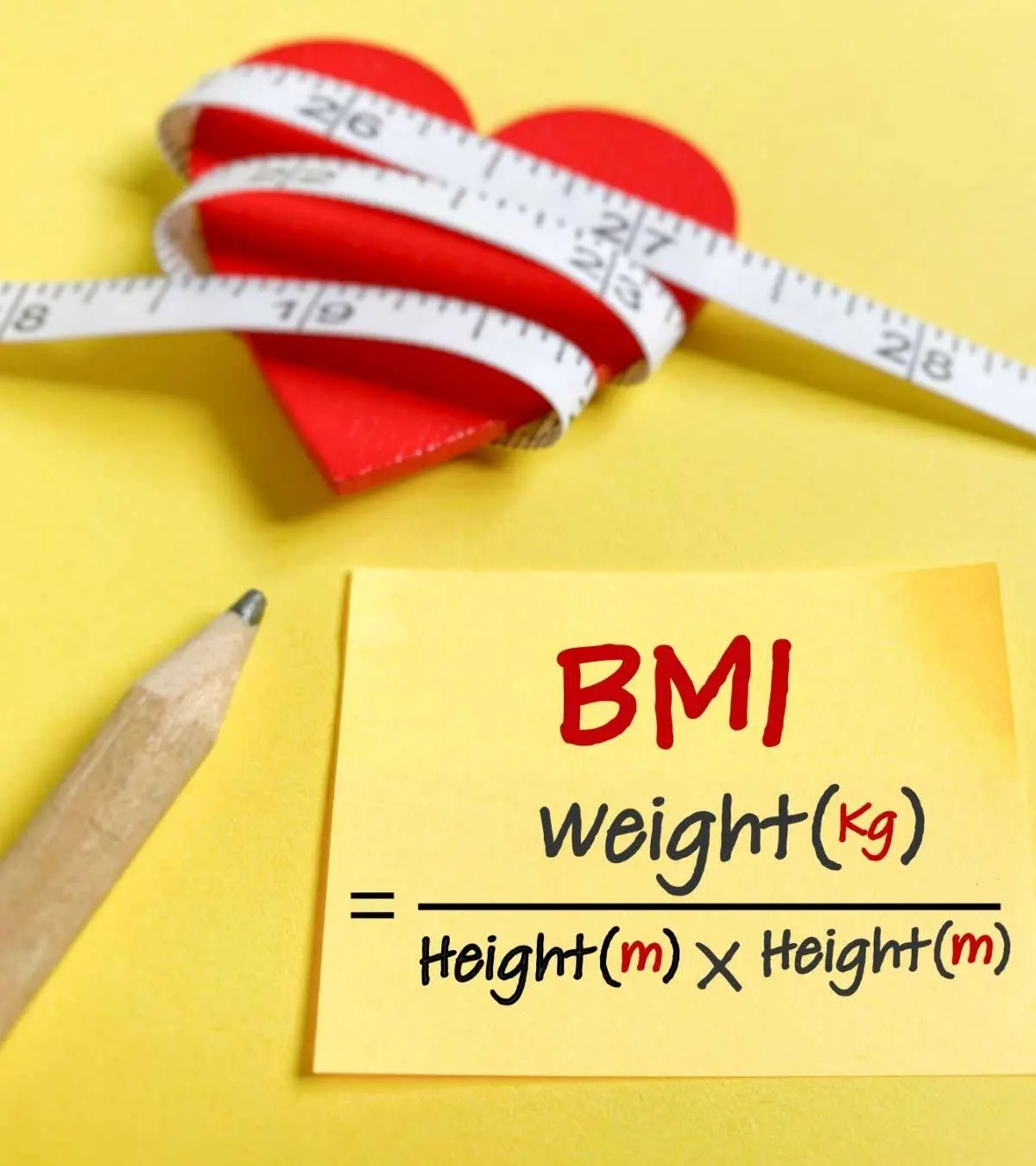BMI Calculator For Kids & Teens


Dr. Cindy Rubin is a pediatrician and breastfeeding medicine specialist having her private practice, In Touch Pediatrics and Lactation, in Chicago. She previously worked at Loyola University Medical Center as an outpatient general pediatrician for 13 years.
Read full bio of Dr. Cindy Rubin

Swati Patwal is a clinical nutritionist, a Certified Diabetes Educator (CDE) and a toddler mom with more than a decade of experience in diverse fields of nutrition. She started her career as a CSR project coordinator for a healthy eating and active lifestyle project catering to school children.
Read full bio of Swati Patwal

Rebecca is a pregnancy writer and editor with a passion for delivering research-based and engaging content in areas of fertility, pregnancy, birth, and post-pregnancy. She did her graduation in Biotechnology and Genetics from Loyola Academy, Osmania University and obtained a certification in ‘Nutrition and Lifestyle in Pregnancy’ from Ludwig Maximilian University of Munich (LMU).
Read full bio of Rebecca Malachi

Image: Shutterstock


















